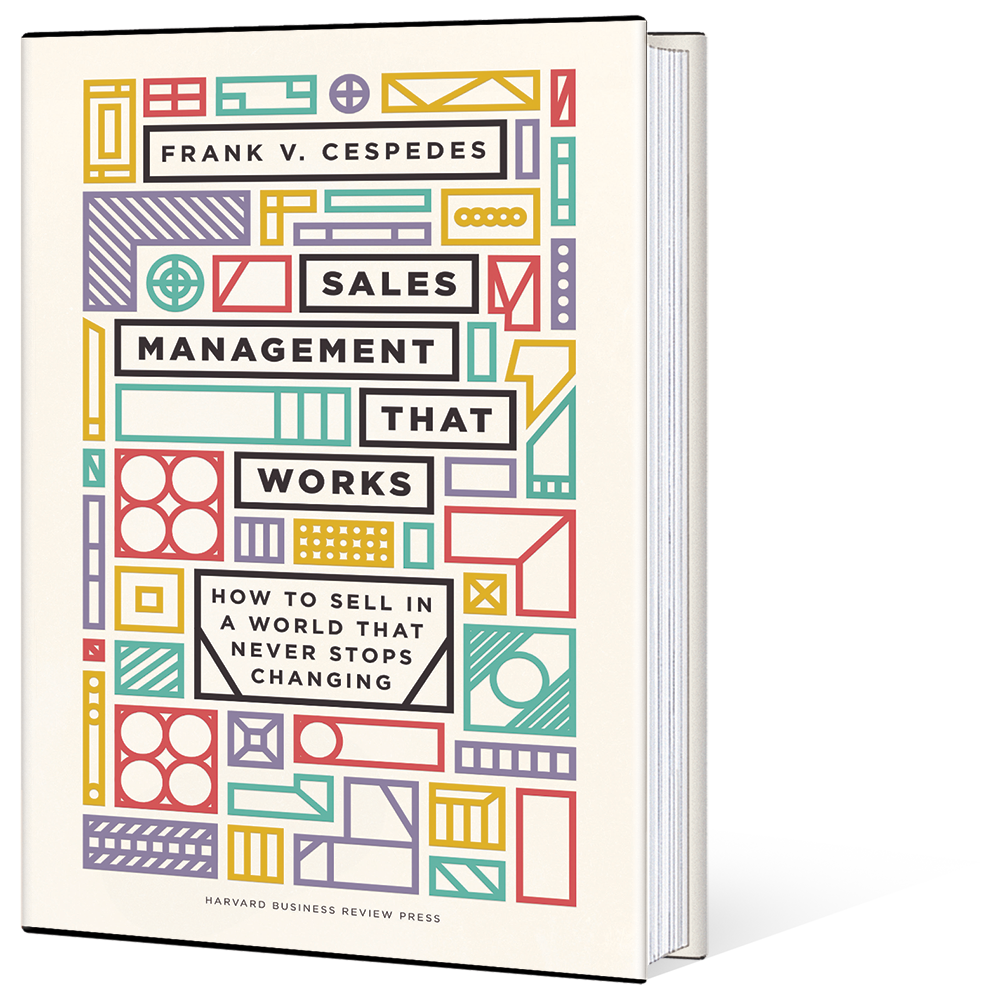Please note that this article originally appeared in Top Sales Magazine September 2020 edition. Digital access can be found here.
The long-term impact of the pandemic is uncertain.
Hope for a V-shaped economic recovery, but don’t count on it.
During the 2008-2009 financial crisis, there were more than 100,000 business bankruptcies in the U.S. alone, and the pandemic’s global impact has been deeper in terms of lost output and unemployment. Your sales and marketing efforts must be more productive.
“Time to market” measures the time to have a product ready to ship. But that’s not revenue and cash. “Time to effectiveness” refers to the ability of your business development team to effectively present the product to prospects. This was a growing challenge before the crisis. According to CSO Insights, companies in 2018 reported that time to full productivity for new sales hires was more than 9 months—a big sunk cost. To improve time to effectiveness, focus on the following:
Ready to Ship versus Ready to Sell. Too often, products are announced but the material and information needed for selling is not provided or inadequate. Many firms with superb R&D functions lack an understanding of what’s needed to be ready to sell. There may be material for generating awareness, but not for conducting sales conversations. Time is money and, in this market environment, chasing false positives in your pipeline is especially costly. Your selling expenses are higher while available sales capability and number of deals won are lower than they could be—a triple hit to the business.
When channel partners are involved, these costs are magnified. If you sell thru broker channels, for instance, low friction and easy communication are often as important as commissions in getting their attention and commitment to your products. Means or disseminating white papers, case studies, online demo’s, and other tools are increasing in scope and decreasing in cost, enabling partners and your people to leverage messaging and knowledge.
Selling during a crisis is hard. Trying to do it without smart use of readytosell tools makes it unnecessarily harder.
Information: Marketing versus Sales. According to the American Marketing Association, “80 to 90% of marketing collateral is considered useless by sales” and, despite investments in CRM, an estimated 70% of leads from marketing disappear into what one analysis calls a “sales lead black hole.” This disconnect affects careers: in 2019, the average tenure of marketing leaders at U.S. firms was 41 months, a decline since 2009 and the lowest among CSuite executives, according to Spencer Stuart.
Information priorities differ between Marketing and Sales. Marketers think in terms of markets and segments. Sales thinks in terms of specific accounts and closing deals. Traditionally in most firms, Marketing is responsible for generating awareness and then a handoff to Sales. However, prospects now pursue parallel streams in their search, consideration, and evaluation activities. Does your customeracquisition model provide the information needed to make a purchase decision, aligning efforts and helping reps to know when and how to have a conversation with customers?
Prospecting, for example, should
not be an Easter egg hunt to “find” good leads. It should
link to cause andeffect activities in your customer conversion dynamic. The
time and expense
your people spend at each stage are key drivers of your gotomarket
economics. In turn, systematic revenue growth comes
from guiding qualified leads so they
understand their needs better
and realize the value that you offer.
The information needed to generate
awareness is usually very different than what’s needed to
close the sale. The current
environment puts more pressure on your ability to
align these efforts more efficiently than in
precovid buying contexts.
No One Size Fits All. You segment customers to identify differing needs and buying criteria. You should also segment sales efforts externally and internally. Economically, the pandemic is not an equal opportunity evil: its impact differs across sectors. In some, supply chain disruptions have put a premium for many buyers on one-stop-shopping and selling therefore requires more integration with channel partners. Terms like VAR, wholesaler, or agent ultimately reflect contractual arrangements and are of limited use in identifying what those partners need to sell your products. Also, those relationships are usually managed by people in the field, but differing channel needs—for example, the differing support needs of sell to versus sellthru partners are typically absent from most sales training programs.
Internally, any sales force has people with differing personalities and capabilities. The old “Hunter/ Farmer” distinction is reductive, because most sales roles are more diverse than this dichotomy. But it is shorthand for a common reality: some reps are energized by new opportunities, and others are better at nurturing relationships and ongoing account management. In recovering from a crisis, trying to put square pegs in round holes is too costly.
Understanding the needs of individual reps is more important, and that’s one core role of coaching and reviews. Now more than ever, spending the time to do good and thoughtful reviews should be a priority for sales managers. As the saying goes, motivation, like bathing, doesn’t last that long and that’s why (like washing your hands in a pandemic) you should do it often and well. n
Frank Cespedes is a Senior Lecturer at Harvard Business School and author of Aligning Strategy and Sales (Harvard Business Review Press). Bud Hyler is founder of Logical Marketing, which works with companies to increase sales productivity and make use of new technologies that impact both marketing and sales groups

